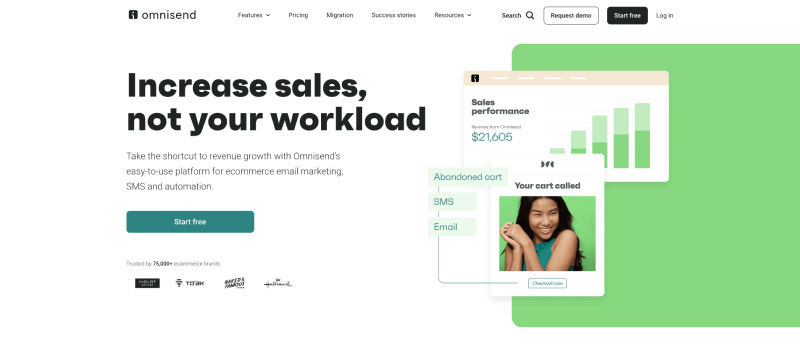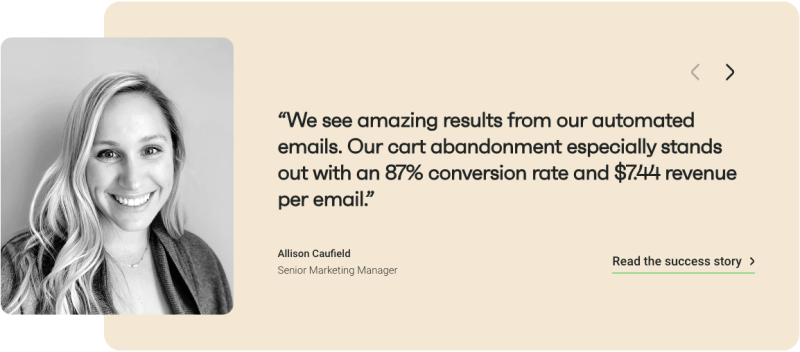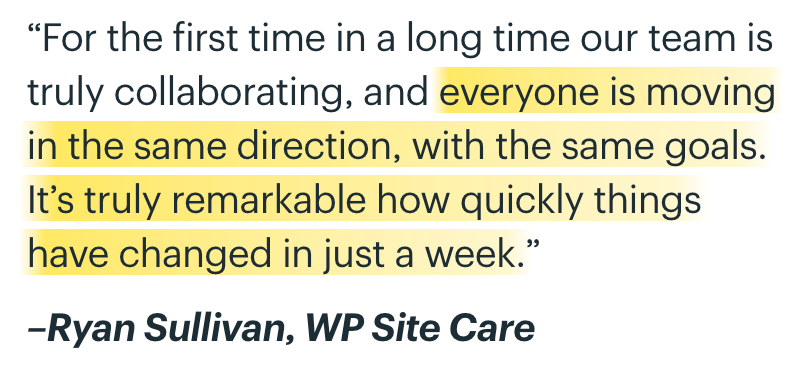As a SaaS founder, you know that converting visitors into customers is crucial for the success of your startup. But have you ever stopped to consider why people make buying decisions?
According to Daniel Kahneman, the Nobel-prize winner for his work in behavioral economics, there are two systems at work in our brains at all times:
System 1 is intuitive and emotional.
System 2 is rational and logical.
While System 2 may think it’s in charge, the truth is that most decisions, including buying decisions, rely on emotion.
So, how can you use this knowledge to increase conversions on your landing page?
By solving your visitor’s emotional problems.
To do this, you need to get inside their heads and understand what they’re feeling. What are their pain points? What are they desperately seeking a solution for?
Once you know this, you can craft messaging that speaks to their emotional epicenter and addresses their needs.
So, what can you do to tap into your visitors’ emotions and increase conversions on your landing page?
Here are a few tips:
Use strong, persuasive language
Words have the power to evoke emotions and influence behavior.
When crafting your landing page messaging, avoid vague, bland language.
Instead, use value-focused language that emphasizes the remarkable results of your product.
However, forget the scare tactics. Unbounce study found that for SaaS, most sentiments show a neutral or even harmful correlation with conversion rates.
But most sentiments—not all. Unbounce research shows that if your copy includes words creating a sense of anticipation and joy, you could expect to see a bit of an uptick in conversions.
So, focus on the benefits. Think “achieve project management harmony” rather than “avoid project management torture.”
Tell a story
Stories have the power to engage people’s emotions and create a connection between the storyteller and the listener.
A study by neuroeconomist Paul Zak discovered that compelling narratives cause oxytocin release and have the power to affect our attitudes, beliefs, and behaviors (Source).
Another study found that with the increased oxytocin, people place more trust in strangers to handle their money (Source).
Start by identifying the emotional pain points that your product addresses. Then, craft a story showing how your product can help alleviate those pain points and positively impact your visitor’s life.
Use vivid, descriptive language to engage readers’ imaginations and paint vivid landscapes.
Instead of telling us a thing was “terrible,” describe it so that we’ll be terrified.
Use the right visuals
Visuals can help tap into your visitors’ emotions and create a connection with your brand.
On your landing page, use images that evoke the desired emotion and help tell your brand’s story.
Omnisend uses a picture of joyful, smiling women in the hero section:

Choose images relevant to your product that resonate with your target audience.
High-quality, eye-catching visuals can help keep visitors engaged and enhance your copy.
Include the right testimonials
Testimonials are a powerful way to show that others have had success with your product and that it can work for your visitor too.
However, I’m not talking about the generic “great product, highly recommended” types of testimonials.
Choose testimonials that address your visitors’ pain points and demonstrate your product’s positive impact on others.
Use joyful images and videos to bring the testimonials to life and make them more impactful.
Here is an excellent example from Omnisend:

Picture of the smiling customer with specific, quantified results they achieved.
Depending on your product, it could be hard to quantify the value. In that case, let your customers tell about their transformation because of your product.
Here is a testimonial from Basecamp customer:
